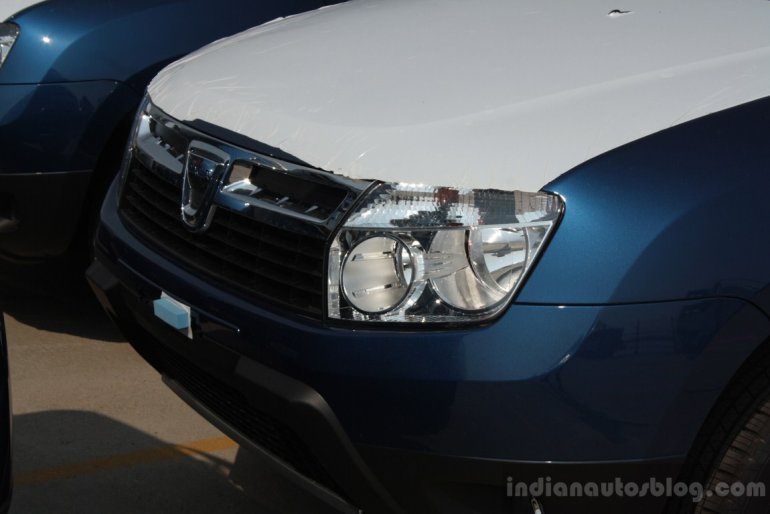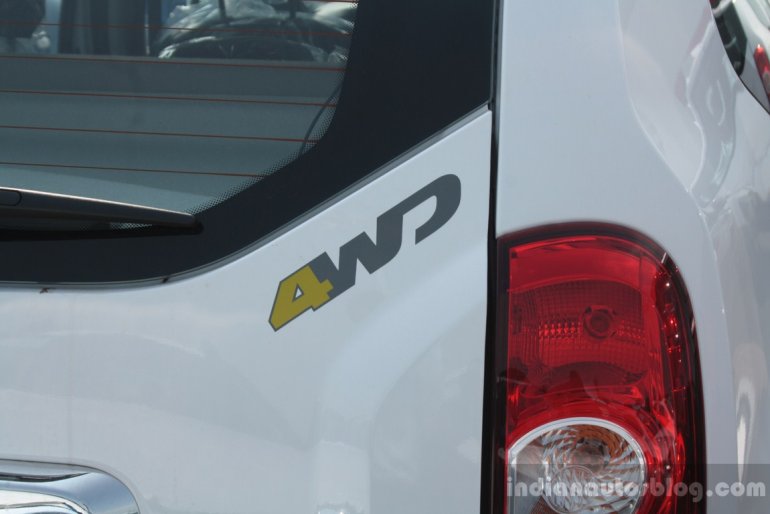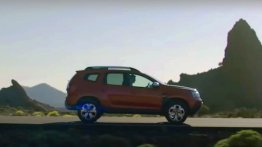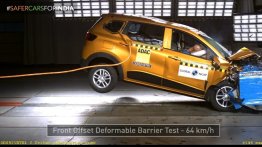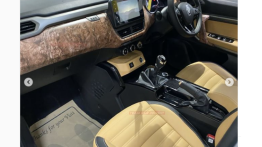Petrolheads who know their cars know that the Renault Duster was actually born as the Dacia Duster.
The compact crossover SUV's platform is based on Dacia's bread and butter model, the Logan. The car has been going places under Dacia and Renault identities depending on the market and become a hit wherever it set foot.
The Duster began it's RHD (Right hand Drive) journey in India as a Renault back in July and the car replicated its success in the sub-continent too. In fact, Renault's Indian plant at Oragadam near Chennai is the only manufacturing facility to build the RHD Duster. The same factory makes many other Renault and Nissan products such as the Micra, Sunny and Evalia.
The Made-in-India Duster embarked on it's first overseas journey today morning from the Ennore Port in Chennai. The initial shipment consisting of 350 cars are destined to UK and Ireland. Renault India will ship the second lot of cars in January.
So what are the differences between the India-spec Renault Duster and the UK-spec Dacia Duster?
To start with, Dacia UK is promoting the Duster as 'shockingly affordable' car and has priced the entry level 1.6 petrol variant at £8,995 (around Rs 7.89 lakhs). Hence the Dacia Duster naturally skimps on some features.
The front fascia has a typical Dacia front grill which does not have as much of chrome as the Renault Duster. The rest of the exterior is similar to the Renault Duster and since the Dacia is offered with four wheel drive, there is a bold 4WD sticker near the right tail lamp. The 4WD system is not localized in India and doesn't feature in the Indian lineup either.
The Dacia Duster gets a new Caspian Blue exterior color option which looks cool, we hope Renault will bring this color to the Indian Duster as well in the future.
On the inside, the dashboard layout is same but the Dacia Duster gets a black and grey dual tone finish compared to the India-spec car's black and beige combination. The black seat fabric also says that the Dacia Duster is a low cost car and it also misses the rear AC vents.
Under the skin, the Dacia Duster gets the same 1.6 litre 105 bhp petrol engine with 5-speed manual gearbox and the 110 bhp 1.5 K9K diesel engine with 6-speed manual box. However the Dacia uses a bit more advanced injection system for the K9K in order to comply with the Euro5 emission norms.
The Dacia Duster has already garnered more than 1,000 bookings and the Britons haven't even test driven the car yet! It appears to be yet another successful chapter in the making for the potent Duster.
Dacia Duster Irish brochure
[can't see the brochure above? Head over to Issuu]








